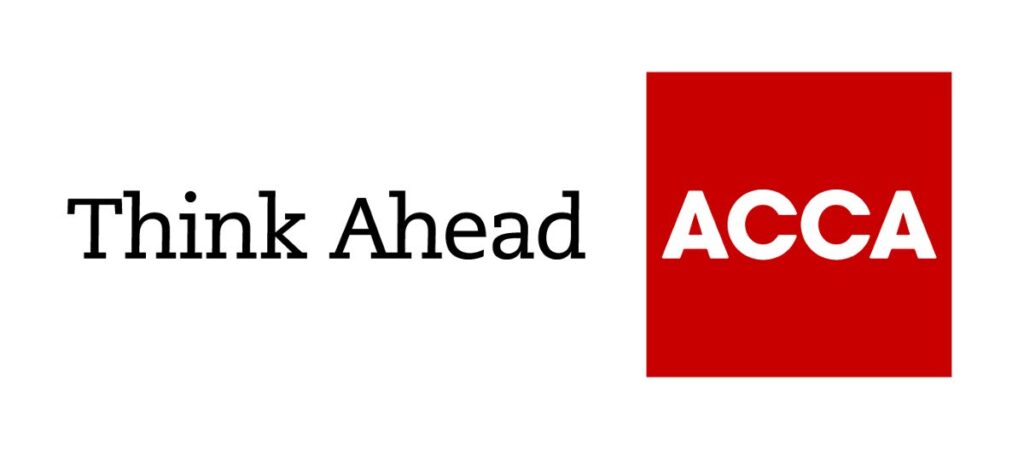Time to tackle perception bias

Improve your awareness to reduce workplace discrimination.
It is an uncomfortable truth, but we all carry biases that can affect decisions we make in both our personal and professional lives.
Largely unconscious, perception bias plays out as a range of shortcuts that we use to help us make sense of the world, allowing us to understand a person, event or situation more quickly.
Being shortcuts, however, these can lead to inaccurate or partial impressions.
In the workplace, perception bias is often deep-rooted and highly consequential.
"It’s when an individual perceives another person’s abilities, character or any other trait based on superficial qualities and learned assumptions regarding certain stereotypes of a particular group," says Nancy Drees, CEO and founder of talent-acquisition consultant Vacaré Group.
Comparison trap
Stuart McCalla, a managing partner at Evolution – a coaching, culture and leadership-development firm – argues that we might perceive an individual’s trustworthiness because they remind us of a loved one.
"So we will give that person more empathy or chances because we believe that person is good and deserving. The flip side is that we can limit or overlook an individual contributor or co-worker for praise, advancement or mentorship because they don’t match what we think we see of them.
"For example, Ravi will see two people in front of him and decide that Maria is more capable because she looks like a friend he trusts, and he perceives her as smart and capable. Whereas Suzanna seems like a schoolteacher that Ravi remembers was hard on him, so he automatically is withdrawn or combative."
Now expand on these examples to include how we each perceive race, age, gender, nationalities, cultures, names, accents, how someone is dressed, their haircut, how they move and so on.
These can conjure unique and highly subjective fears, beliefs or expectations, which can influence how we react, interact and make decisions.
The repercussions from perception bias in the workplace can be far-reaching, resulting in a lack of diversity, discrimination, weak retention and recruitment, unfair promotion, remuneration imbalances and poor company culture.
"It can hold skilled employees and candidates back from being considered for growth opportunities and promotions," Drees says. "The organisation may also be affected by the bias because less qualified employees may be hired or promoted based on perceptions rather than skills and abilities."
Recruitment risk
In the recruitment process, bias can start as early as the first review of a CV before even speaking with or seeing a candidate face-to-face.

Drees notes that many hiring managers and interviewers make candidate selection decisions with "in-group" bias, tending to hire similar candidates – in age, education level, race, gender and so on – to existing employees.
"If this bias exists within an organisation, the result can be a lack of diversity and discriminatory hiring practices," Drees said.
Spot the bias
There are several types of perception bias to look out for:
· Conformity bias or group think – following the herd,
· Affinity or similarity bias – "We like people who are like us,"
· Confirmation bias – seeking to confirm what we already believe to be true,
· Halo effect – seeing someone through rose-tinted glasses,
· Horns effect – the opposite of the halo effect,
· Racial bias – making assumptions about people based on their ethnicity,
· Name bias – synonymous with racial bias, preferring certain names based on culture,
· Age bias or ageism – assuming that someone will be incapable or a hindrance based on their age or how old they appear,
· Gender bias or sexism – assuming that someone is incapable of certain things based on their gender.
Take action
First and foremost, recognise, tackle and avoid perception bias in your processes, operations and policies.
McCalla recommends training hiring managers, decision-makers and leaders to gently delve into their own biases, then breaking into small circles where they get to talk about them safely.
"Organisations that help managers and leaders look at their perception biases will create more resilient organisations that use curiosity and humility to examine why hiring and promotion decisions are made," he says.
Tackling perception bias needs to be openly driven by leadership, which requires self-reflection and self-criticism high up – something that’s not always comfortable, points out McCalla.
"In many instances, especially the higher up you go in an organisation, a leader doesn’t want to be questioned about their promotion or hiring decisions.
"This is the exact time to ask about the 'why' of hiring someone.
"Have peer-reviewed hiring practices where leaders share their decisions with their peer group and ask, 'What am I missing?' It will require great humility and low ego, which are great leadership traits to cultivate," he says.
Anti-bias benefits
Team leaders should take time to learn about the benefits of disrupting perception bias, says Kim Clark, a diversity, equity and inclusion consultant.
"If your team is homogeneous, you’ll reach fewer new markets, generate fewer new ideas, see less of what is coming and be unprepared for the evolution of demands from your team, business and customers," Clark says.
Drees suggests putting in safeguards at every step of the hiring process to ensure better-unbiased decisions are made, such as implementing "blind" recruitment and removing all identification details.
"Blind recruitment helps your hiring team evaluate people on their skills and experience instead of factors that can lead to biased decisions," she says.
Hiring managers must be aware that they need to look out for bias, says Clark.
"Stay curious when heading down a judgemental path. Listen to the facts of who is before you, what is said, and what they’ve done," she says. "Recognise that you’ll create a stronger team when personal bias is checked and not influencing someone else’s growth and potential."


Comments
"Time to tackle perception bias"